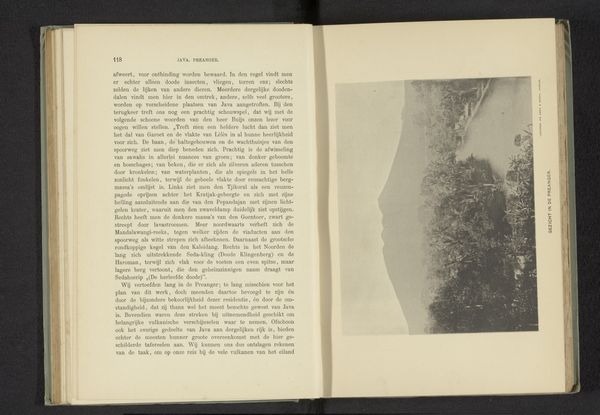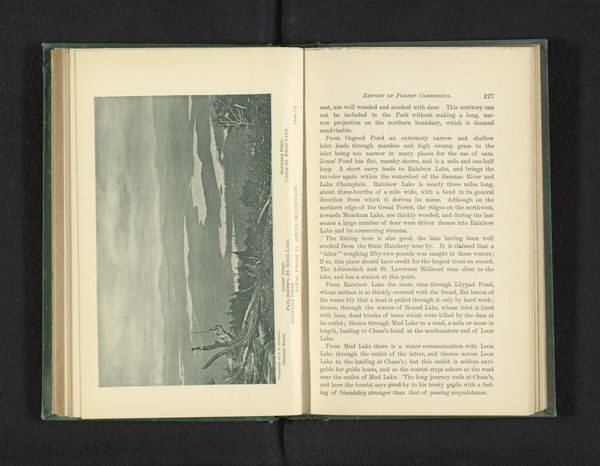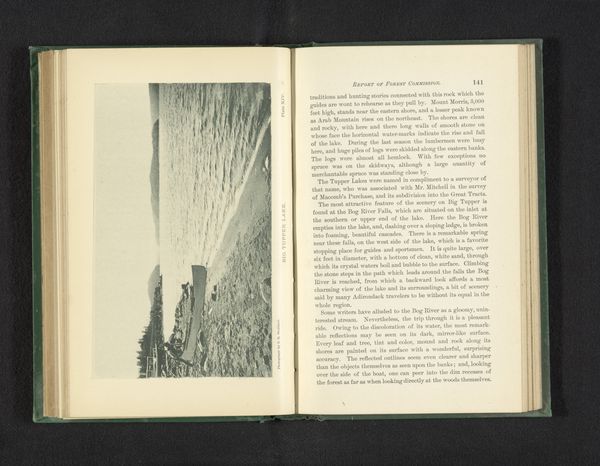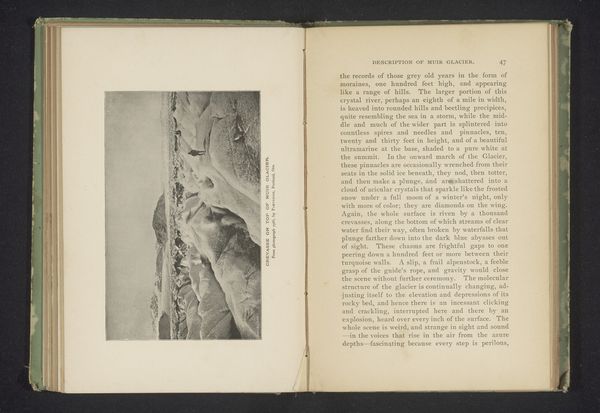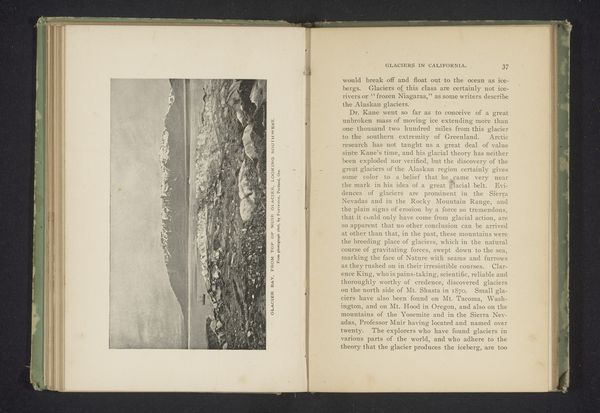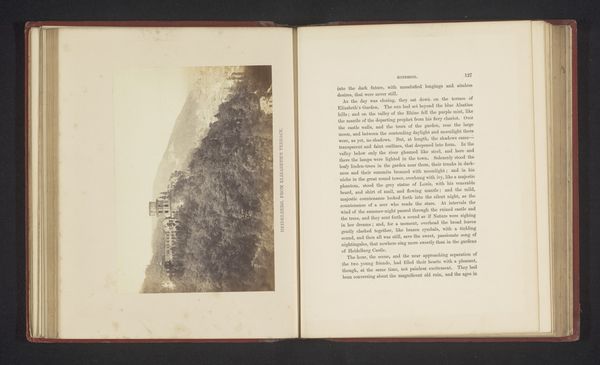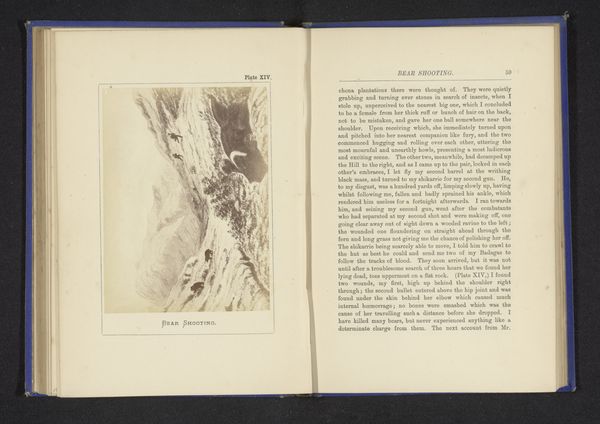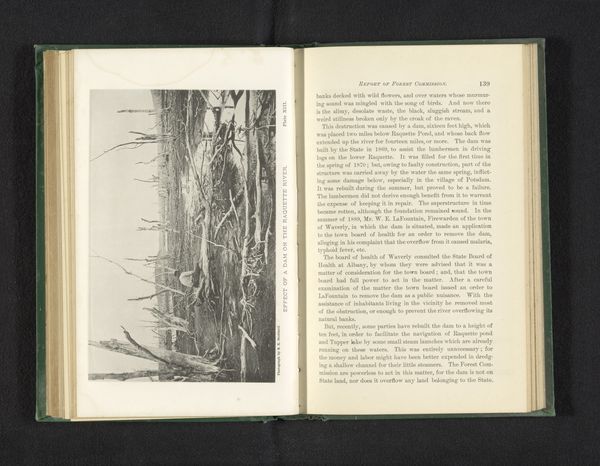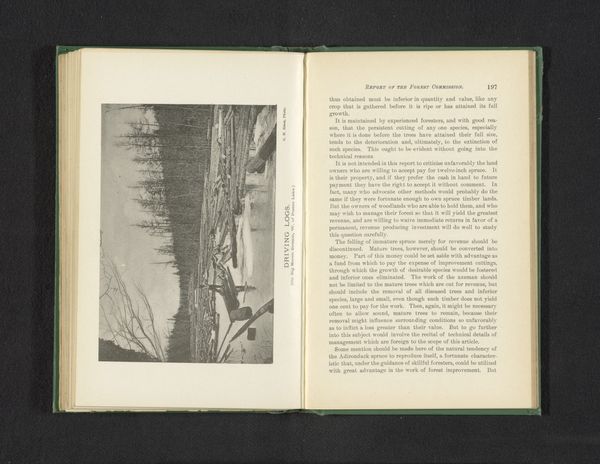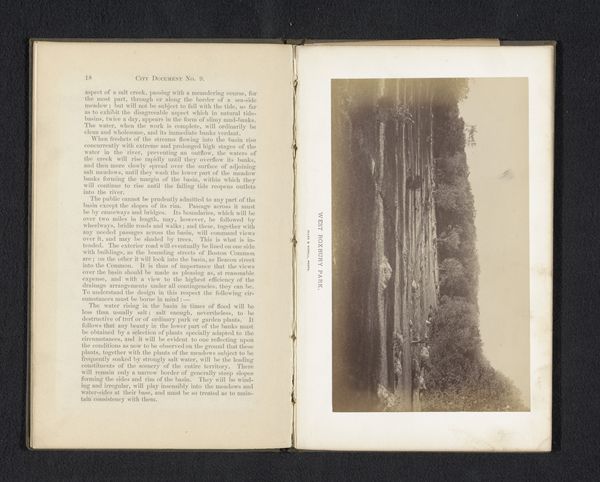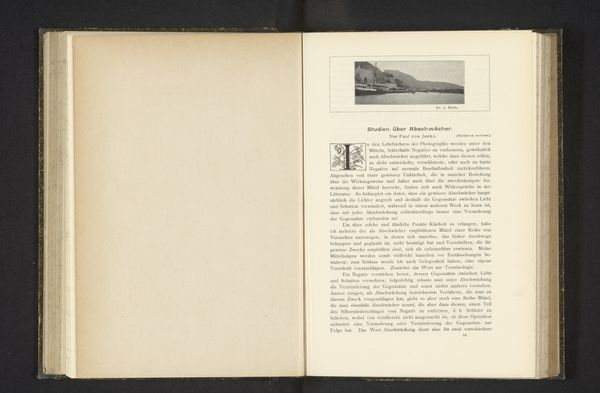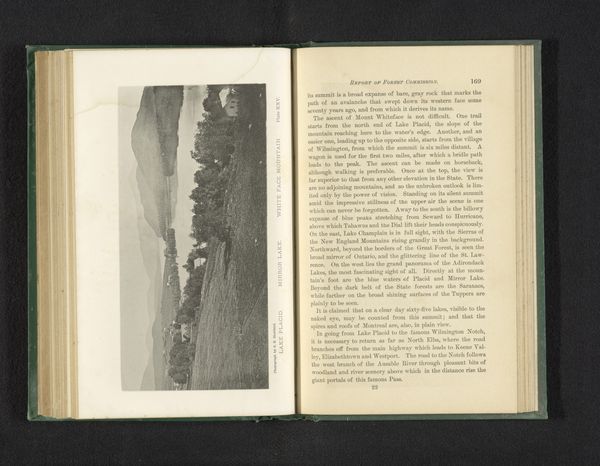
print, photography
# print
#
asian-art
#
landscape
#
photography
#
orientalism
Dimensions: height 129 mm, width 169 mm
Copyright: Rijks Museum: Open Domain
Curator: Here, we have "Gezicht op rijstvelden in Nederlands Oost-Indië," which translates to "View of Rice Fields in the Dutch East Indies." It’s an anonymous photograph dating to before 1894 and currently residing at the Rijksmuseum. It's one of the numerous landscape depictions in printed form that popularized "Orientalism." What are your initial thoughts on this visual record? Editor: It strikes me as a very controlled and ordered landscape. There’s something almost geometrical about the terraced rice paddies climbing up the hillside. The monochromatic tone lends it a sort of detached, objective feeling. It feels very studied and observed, yet somewhat cold and distanced. Curator: Indeed. The "Orientalist" approach frequently flattened cultural nuance, instead producing visuals reinforcing the perceived European superiority through categorization of colonized people and their territories. Do you think we can observe this in this photograph? Editor: I think we can see hints of that dynamic. The organization of the landscape into neatly defined terraces speaks to an impulse to tame and manage nature. And while this photo doesn't directly depict people, its emphasis on cultivated land points to a vision of productivity and control – suggesting a "civilizing" influence. I find it interesting how this image became so popular in Europe while ignoring the hard labor indigenous populations underwent to sculpt such land. Curator: Precisely. Analyzing the politics of imagery, as you mentioned, exposes how photographs like these operated in the context of colonialism. They depicted landscapes as resources to be managed rather than complex ecosystems with intrinsic cultural and ecological value. There is a political dimension to seeing a territory only as land available to extraction and agriculture. Editor: It's also worth considering the potential influence this image may have had on colonial policy. Did it inspire further "development" projects? How did the act of photographing this landscape affect the land itself and its people? Curator: A valid question. Considering this is a print reproduced for wider circulation, it highlights the documentary potential of photography and the dissemination of particular ideologies, sometimes inadvertently but with substantial political undertones. Editor: Overall, it's a picture that prompts reflection on the power dynamics embedded within landscape photography, revealing how representations of the "other" were, and in some ways still are, constructed and consumed. Curator: Precisely; looking at the confluence of history and identity offers important insight into a work's legacy. Thanks for lending your expertise!
Comments
No comments
Be the first to comment and join the conversation on the ultimate creative platform.
